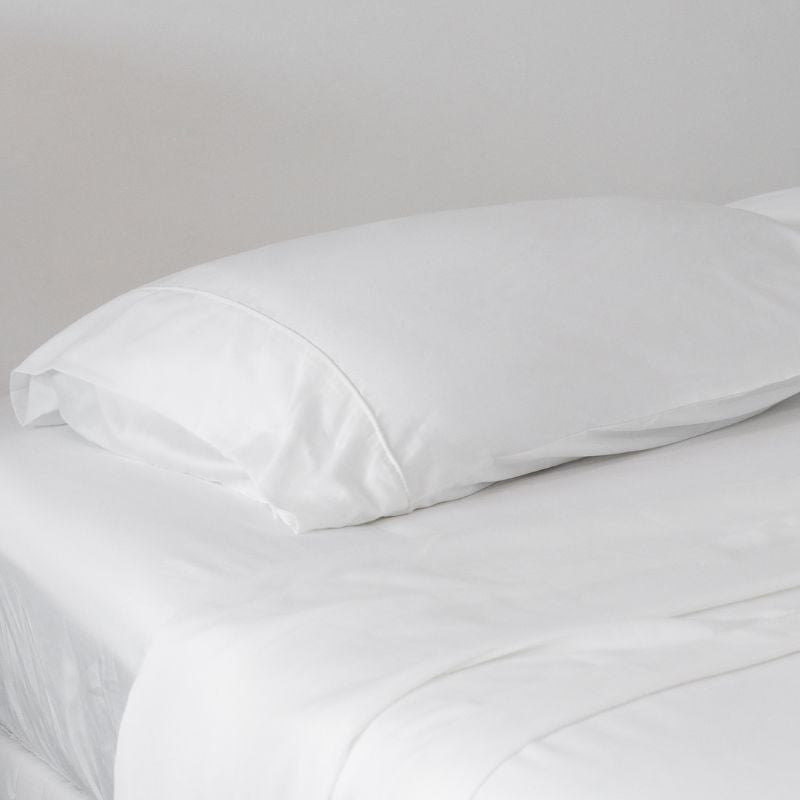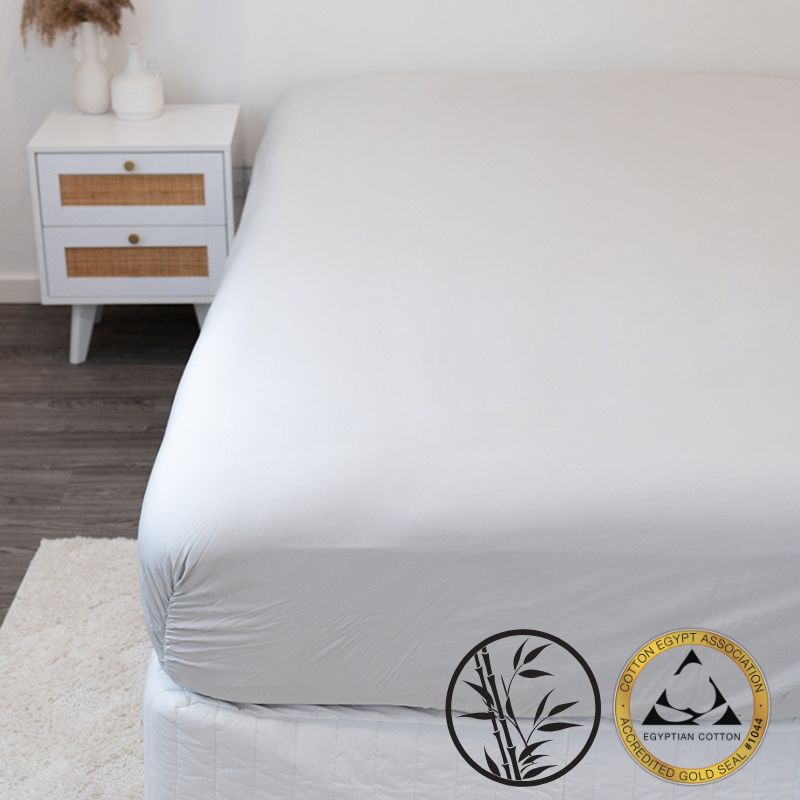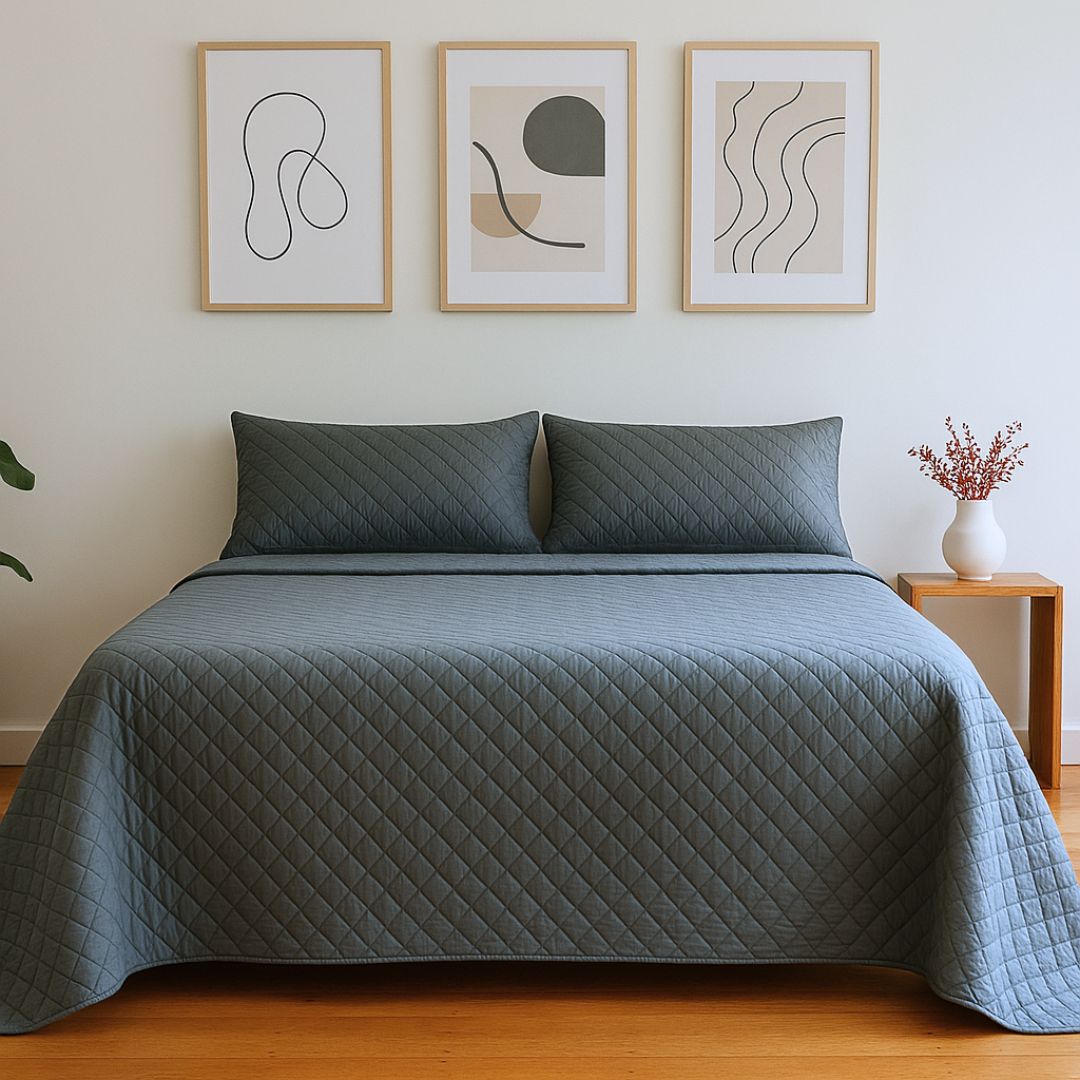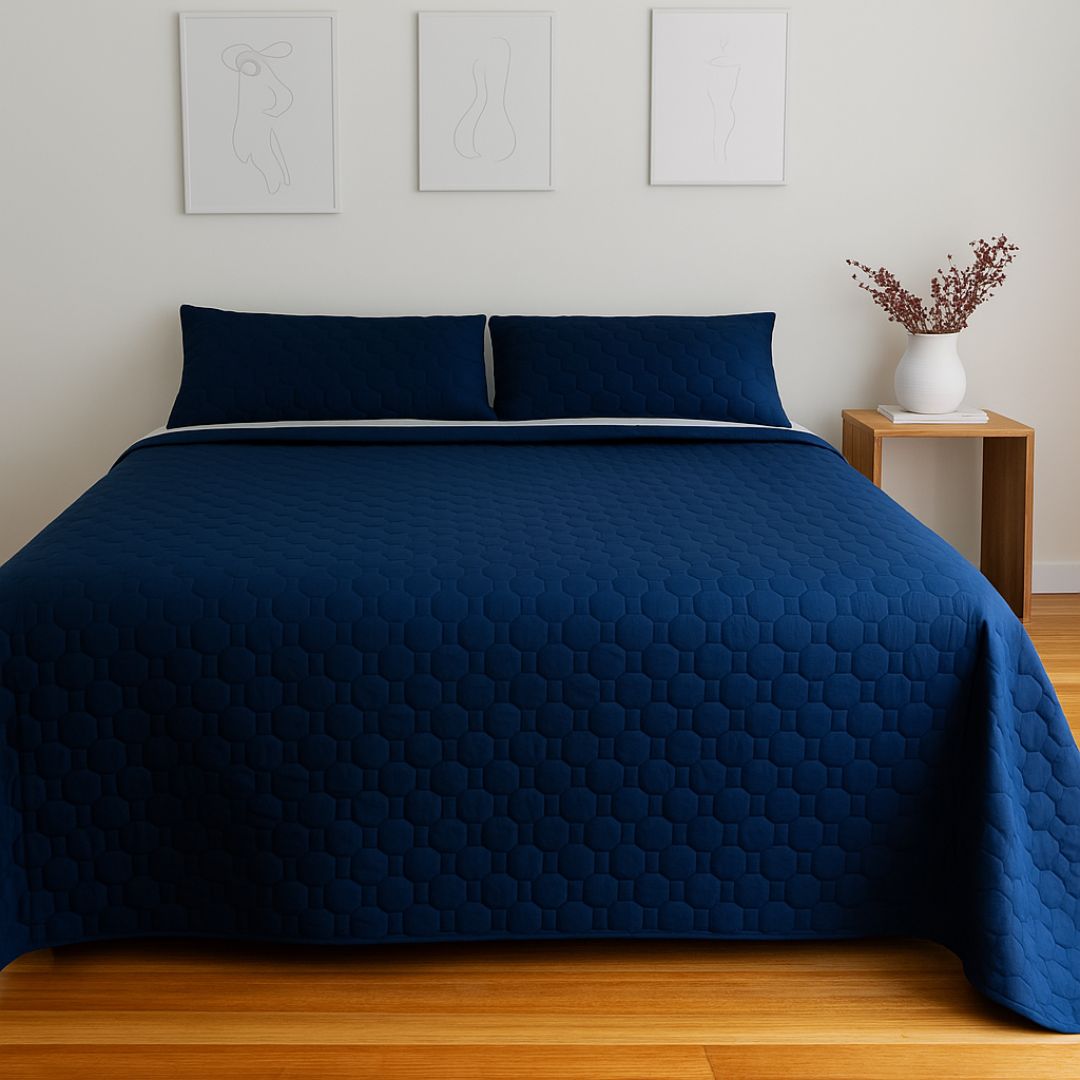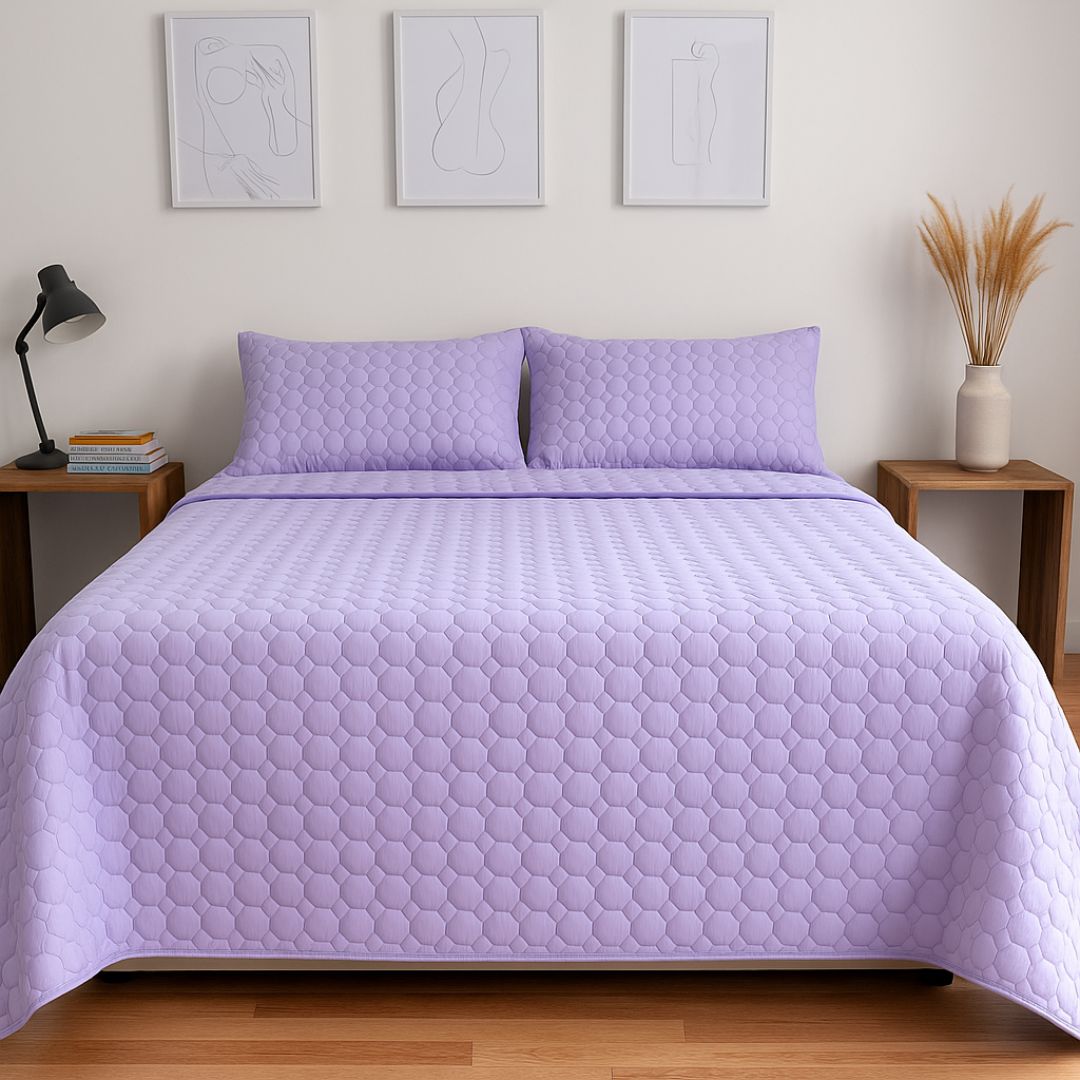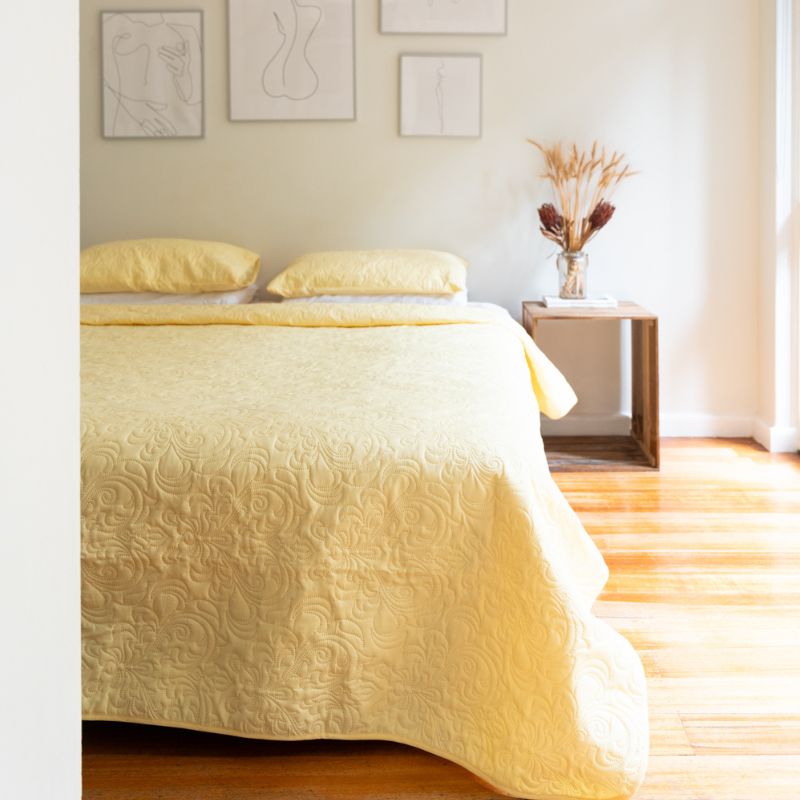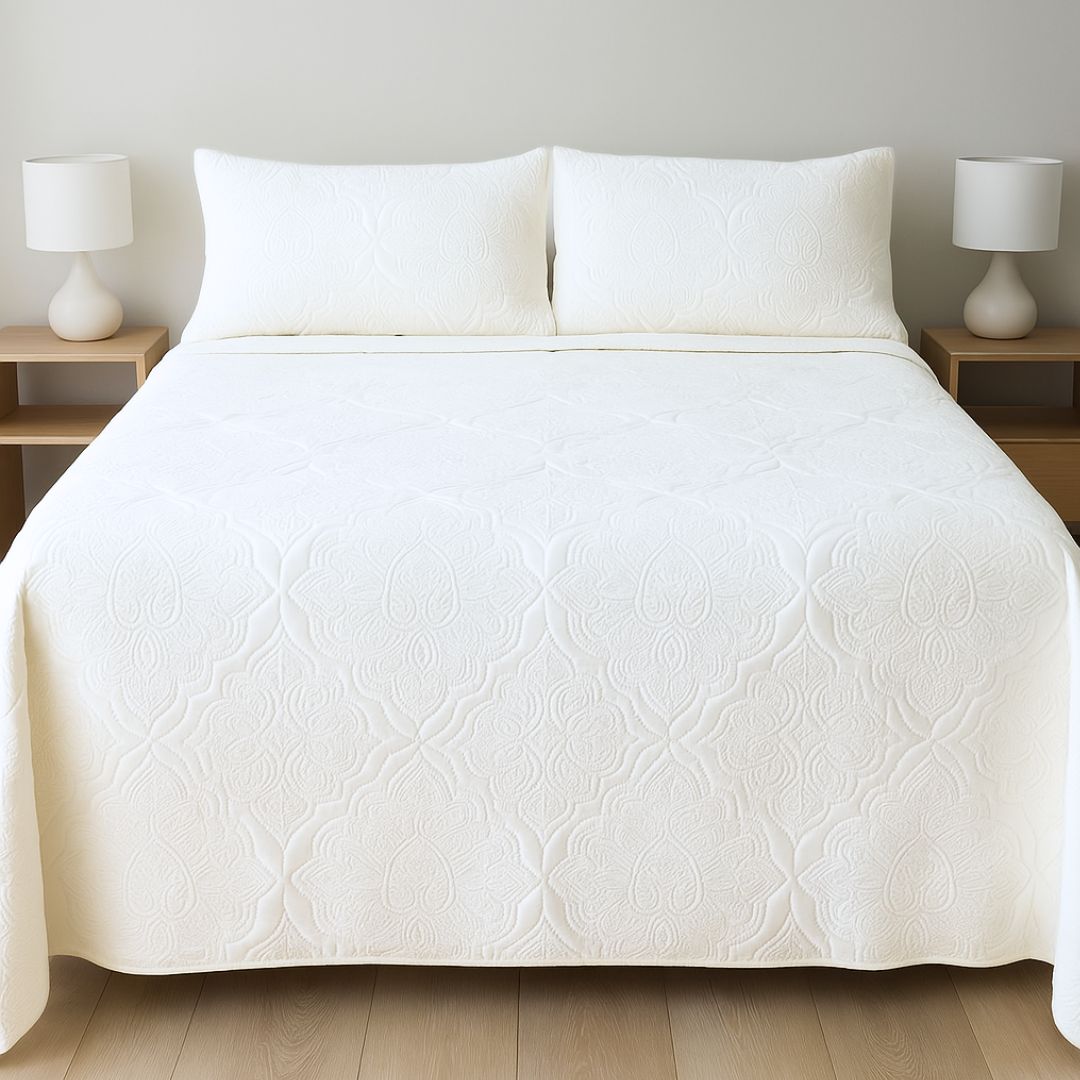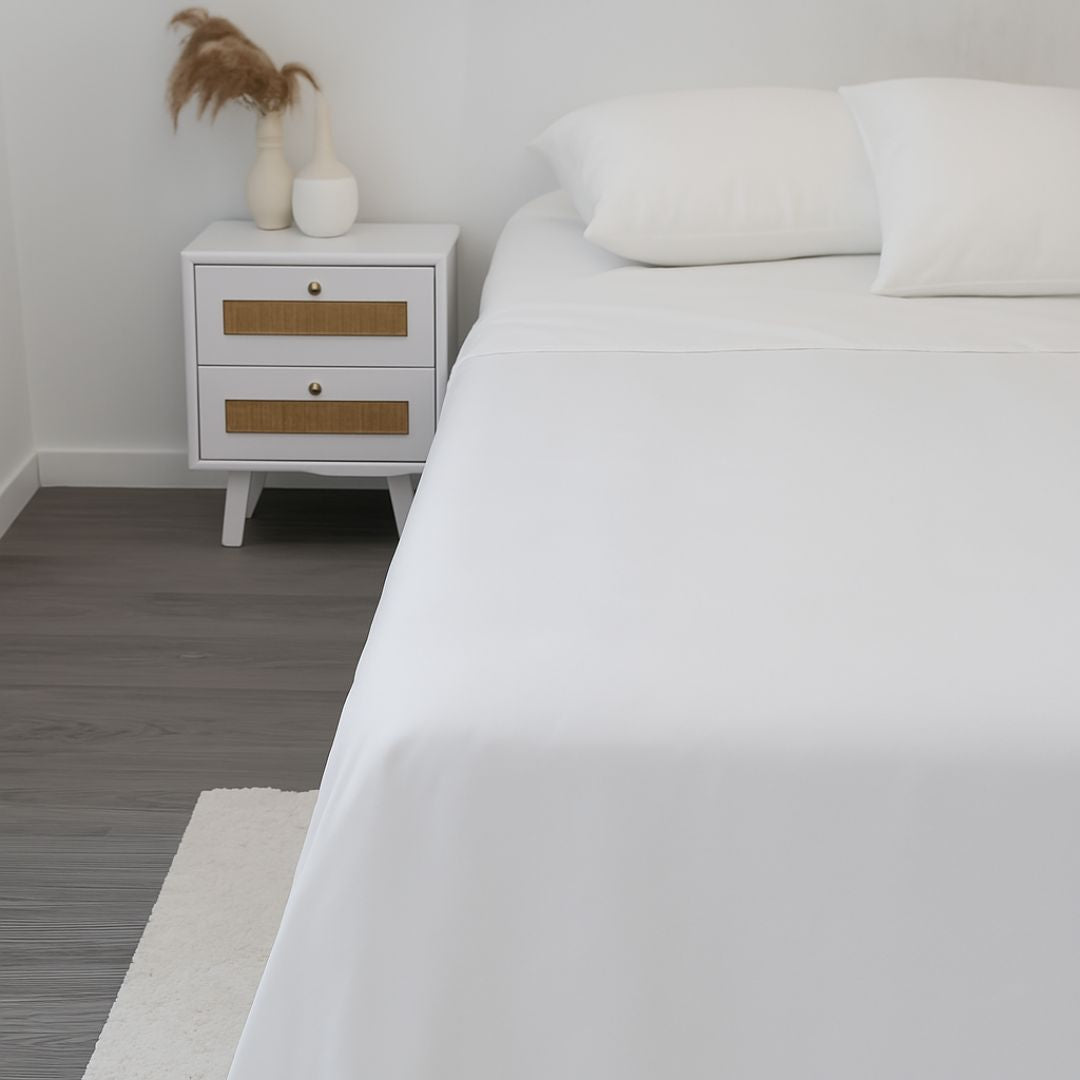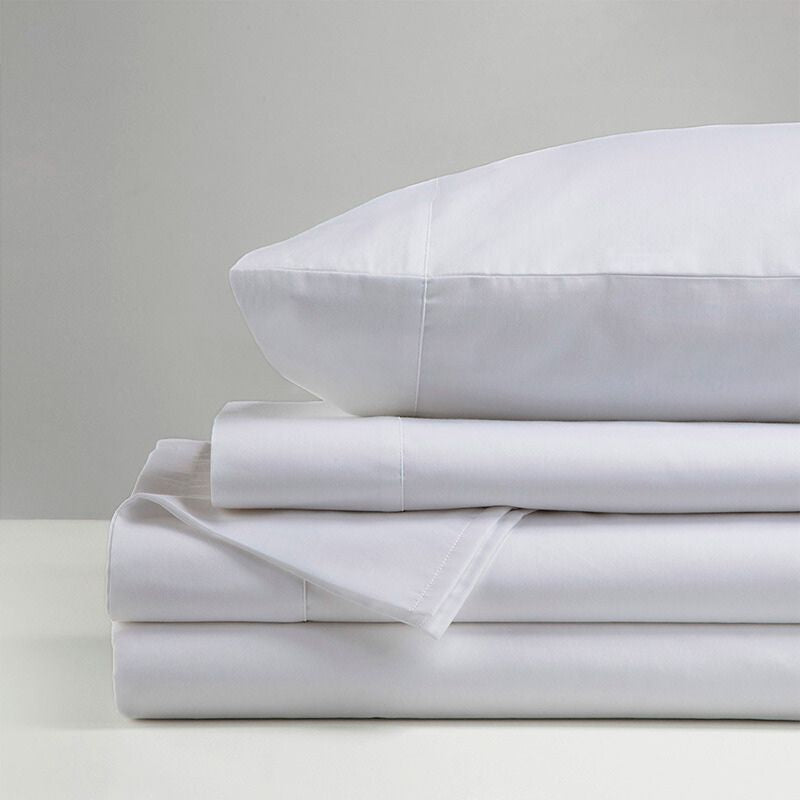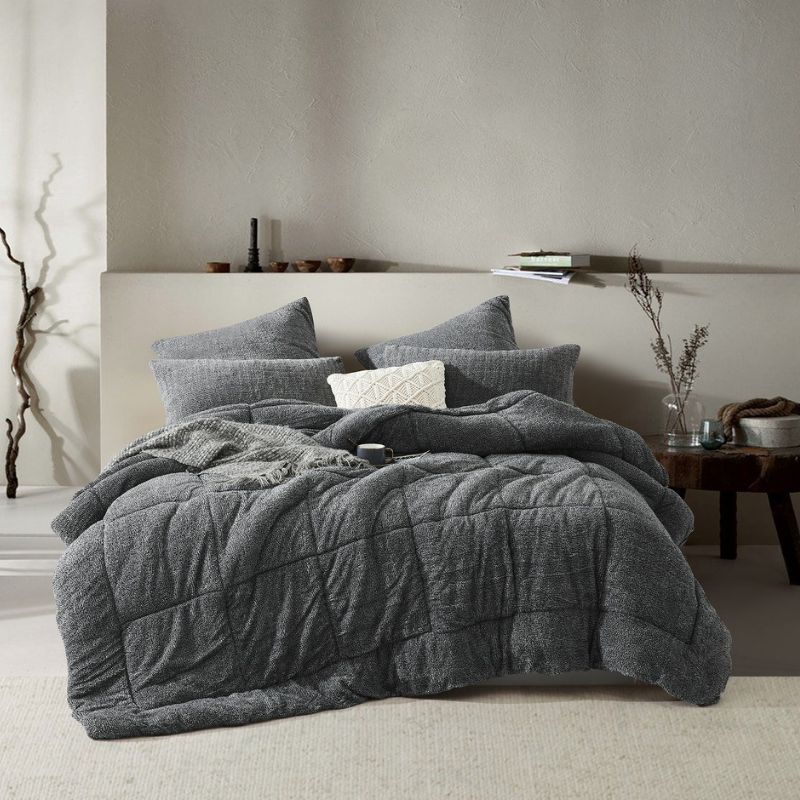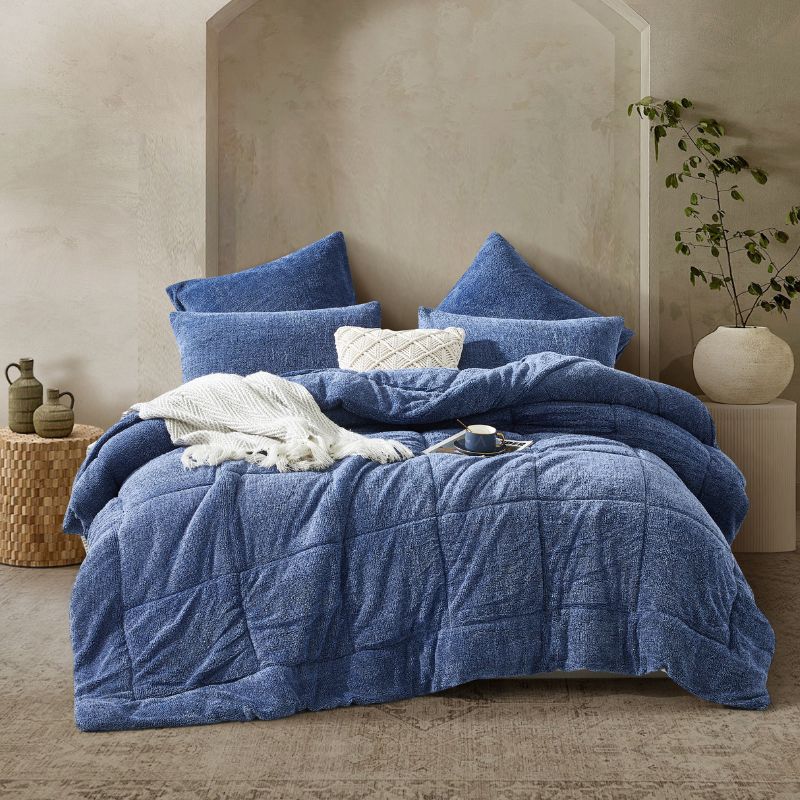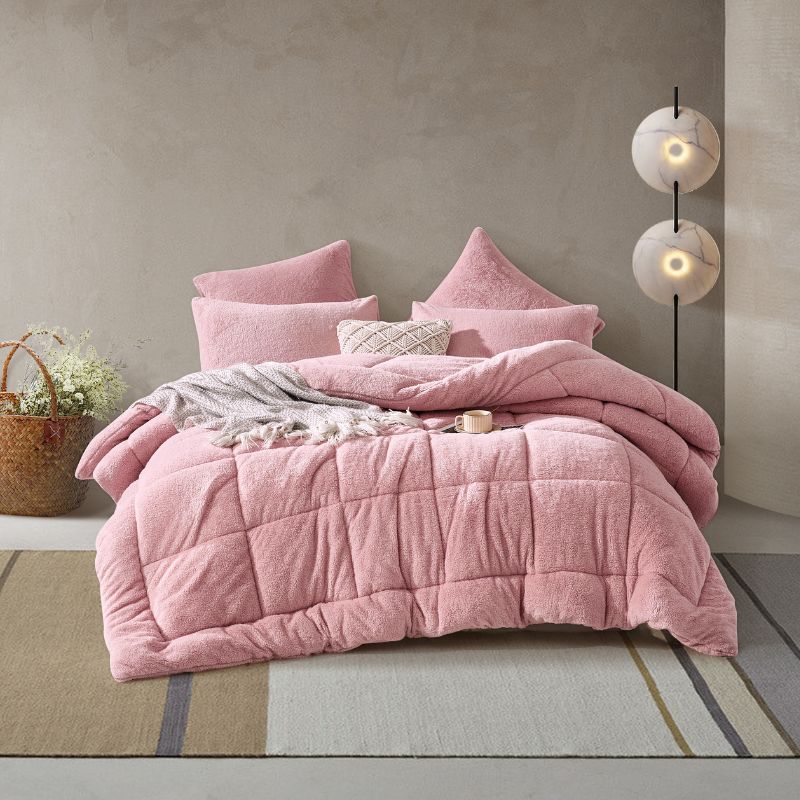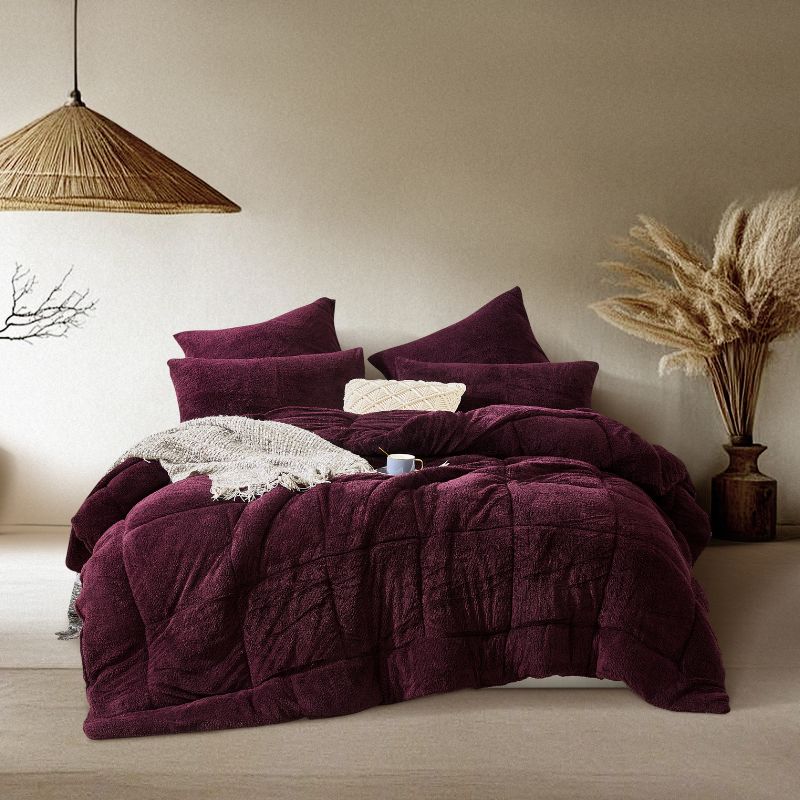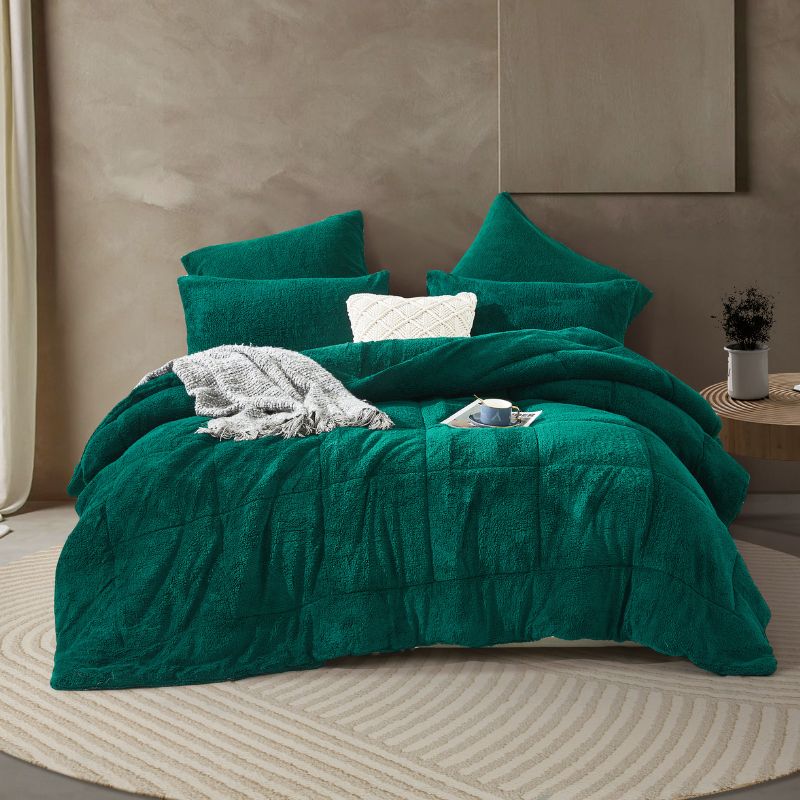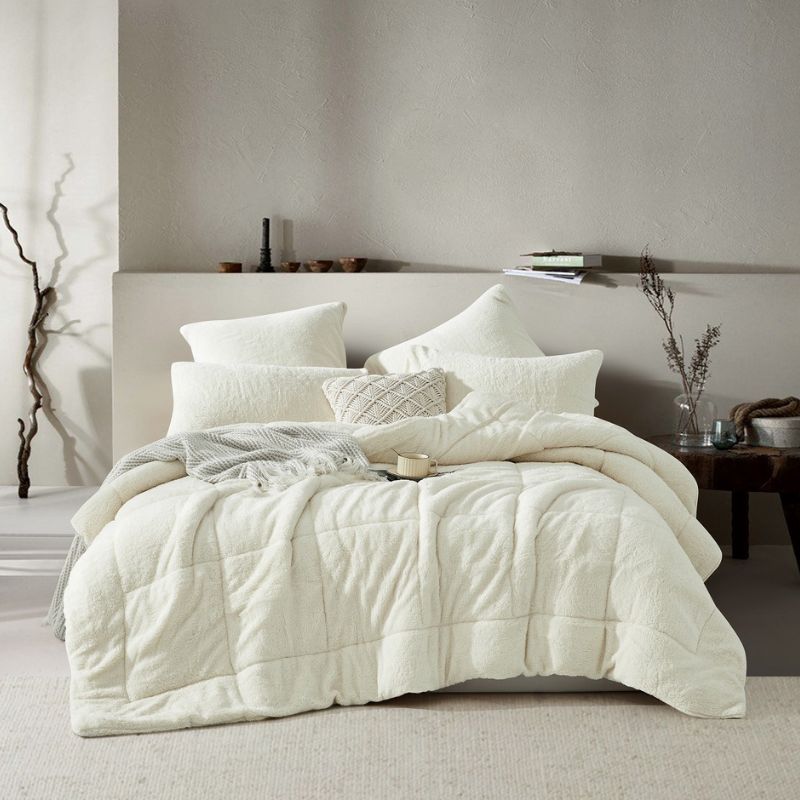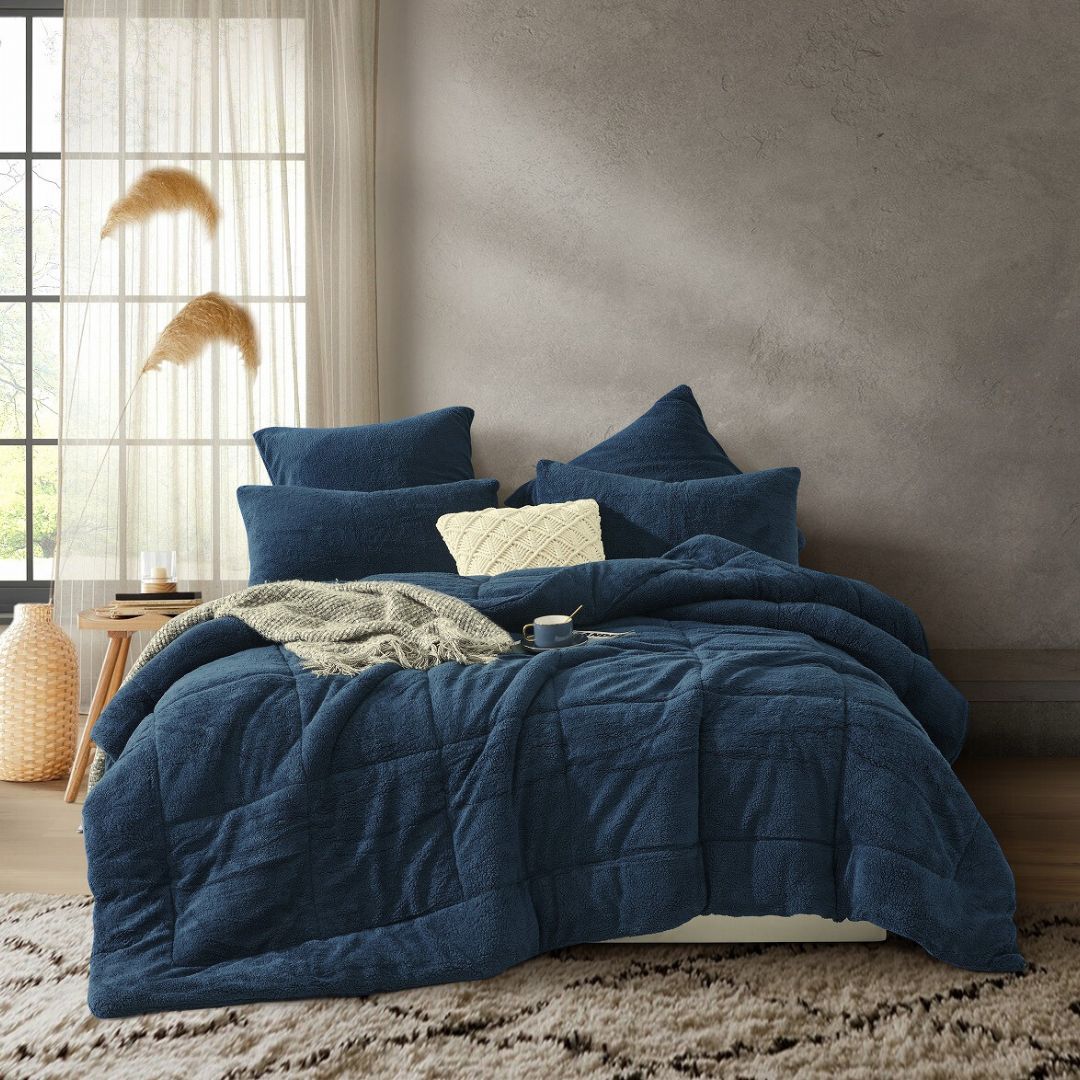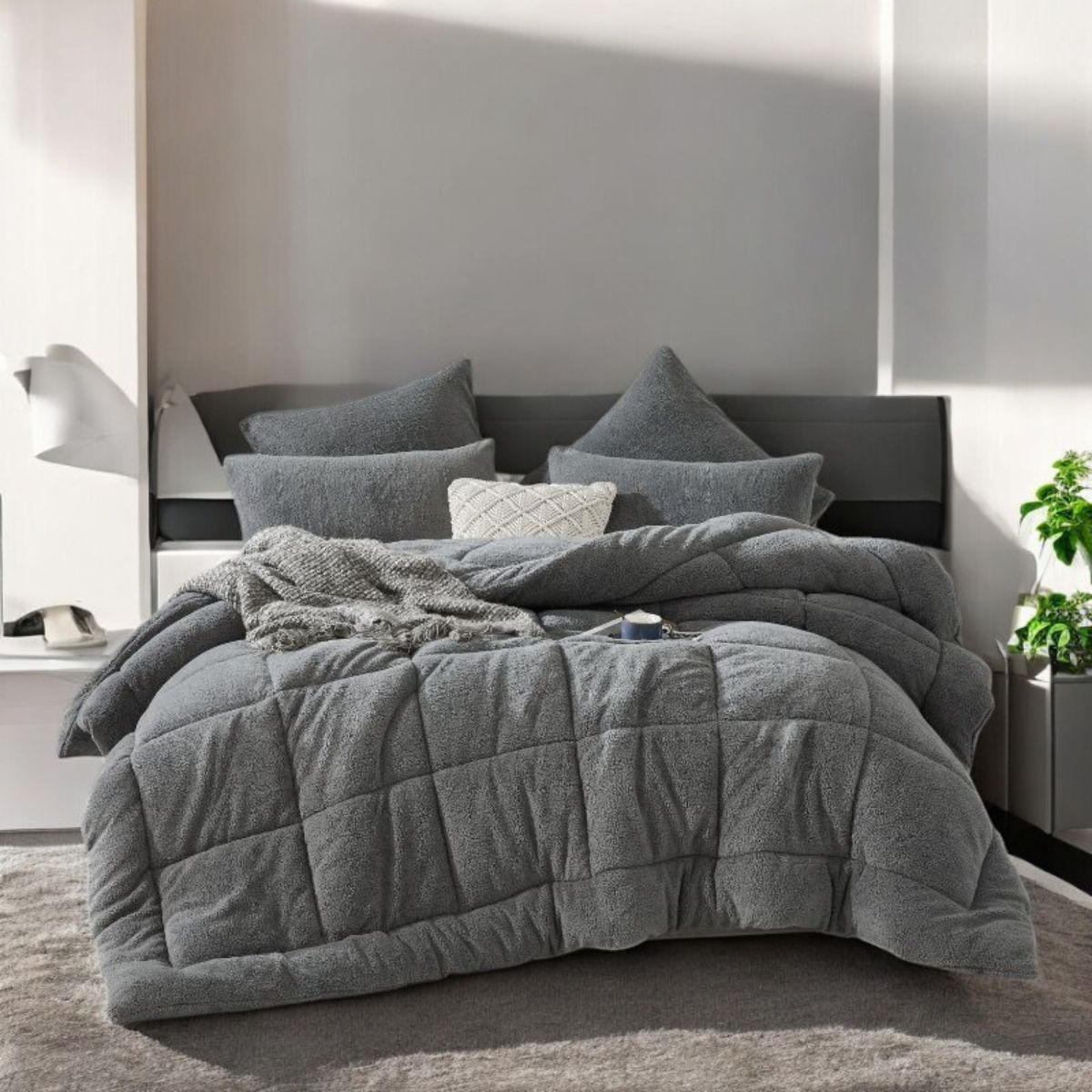As we usher in the New Year, many of us set resolutions aimed at self-improvement. What if this year, you focus on something that can transform not just your nights but also your days? Yes, I'm talking about your sleep!
Table of Contents
- New Year, New Sleep: Why Prioritising Rest Matters
- Why We Don’t Prioritise Sleep (and Why We Should)
- The Science Behind Sleep and Bedding’s Role
- Creating an Optimal Sleep Environment
- Building a Better Bedtime Routine
- Essential Bedding for Improving Sleep
- FAQs
- Conclusion
Quality sleep isn't just a luxury; it's a cornerstone of good health, and believe it or not, it starts right beneath you—with your bedding. So, let's dive into how upgrading your sleeping arrangements can make a substantial difference in your life. It's time to embrace luxurious, rejuvenating sleep as your 2025 resolution.
Why We Don’t Prioritise Sleep (and Why We Should)
Why Do We Sacrifice Sleep?
Life is busy. Between work, family, and trying to squeeze in some downtime, sleep often feels like the easiest thing to cut back on. Plus, with hustle culture glorifying long hours and “grinding”, it’s no wonder so many of us think skimping on sleep is a sign of productivity.
And then there are distractions. Late-night Netflix binges, scrolling through social media, or just lying awake thinking about tomorrow’s to-do list—we’ve all been there.
What Happens When We Skip Sleep?
Here’s the harsh truth: poor sleep isn’t just about feeling groggy the next day. It has serious consequences for both your physical and mental health:
- Physical health: Consistent sleep deprivation weakens your immune system, increases your risk of weight gain, and can even contribute to heart disease.
- Mental health: Lack of sleep affects your mood, heightens stress, and can lead to anxiety or depression.
- Productivity: Forget about smashing your 2025 goals if you’re constantly exhausted. Sleep-deprived brains struggle with focus, creativity, and decision-making.
According to the Sleep Health Foundation, one in three Australians regularly struggles with sleep.
Why Prioritising Sleep is a Game-Changer
On the flip side, when you make sleep a priority, everything improves:
- You’ll have more energy and better focus.
- Your mood will stabilise, and you’ll feel less stressed.
- Your body will recover faster, whether from workouts or daily stressors.
Think of sleep as the secret weapon that helps you achieve all your other resolutions.
Ready to unlock its power?
The Science Behind Sleep and Bedding's RoleEver noticed how a great night's sleep in a cosy bed makes you feel incredibly rejuvenated?
Research from the Sleep Foundation shows that the right kind of bedding significantly improves sleep quality by helping to regulate body temperature and enhance comfort.
By choosing appropriate mattresses and bedding, you can reduce night-time disturbances like tossing and turning .
Understanding the Stages of Sleep
Sleep involves several stages that are part of two primary types: REM (Rapid Eye Movement) and Non-REM sleep, which occur in cycles throughout the night. Here's a brief overview of the three main stages of sleep:
- Light Sleep (Non-REM Stage 1): This initial phase marks the transition from wakefulness to sleep, lasting several minutes. Your heartbeat, breathing, and eye movements slow, and muscles relax with occasional twitches. Brain waves begin to slow down.
- Deep Sleep (Non-REM Stage 2 and 3): During these stages, you enter deep sleep, vital for effective rest. Breathing slows, muscles are relaxed, and no eye movement occurs. The body repairs tissues, builds bone and muscle, and strengthens the immune system in this phase.
- REM Sleep: This stage occurs approximately 90 minutes after falling asleep. Eyes move rapidly, breathing becomes faster and irregular, and heart rate and blood pressure increase to near waking levels. REM sleep is when most dreaming occurs, and it plays a key role in memory and learning.
Understanding these stages helps in recognizing the importance of complete sleep cycles for health and well-being.
Creating an Optimal Sleep Environment
What is Sleep Hygiene?
If you’ve never heard the term “sleep hygiene” before, don’t worry. It’s not about how clean your bed is (although that’s important, too!). Sleep hygiene refers to the habits and environment that help you get high-quality, restful sleep. It’s not just about getting 7-9 hours—it’s about making those hours count.
Ideal Bedroom Environment for Optimal Sleep
To achieve the best possible sleep, it's crucial to create a bedroom environment that promotes relaxation and minimizes disturbances. Light, noise, and temperature play significant roles in influencing sleep quality.
Light Control: Excessive light can disrupt your body’s natural circadian rhythms. To combat this, consider using blackout curtains or shades. These not only block out unwanted light but also help insulate the room, contributing to a stable temperature.
Noise Reduction: Unwanted noise can be a significant sleep disrupter. White noise machines can help mask disruptive sounds with soothing, consistent audio. Alternatively, earplugs designed for sleep can offer a personal solution for noise reduction.
Temperature Control: The ideal bedroom temperature for sleep is between 15-19 degrees Celsius(60-67 degrees Fahrenheits). Creating a controlled environment with these tools can significantly enhance your sleep quality by aligning with your body's natural sleep processes.
Here are additional strategies to enhance your sleep space
Mattress and Pillow Quality: Ensure your mattress and pillows are supportive and comfortable. The right mattress should align with your sleep posture and weight, while pillows should maintain the alignment of your neck and spine
Aromatherapy : Calming scents such as lavender or chamomile through diffusers or scented candles to help reduce stress and promote relaxation before bedtime.
Clutter-Free Space: Keep your bedroom tidy and clutter-free. A minimalistic approach can help reduce anxiety and distractions, making it easier to relax.
Proper Ventilation :Ensure good air quality in your bedroom. An air purifier can remove allergens and pollutants, while slightly open windows can provide fresh air, improving sleep quality.
Minimise Technology: Remove electronic devices such as smartphones, tablets, and televisions from your bedroom. The blue light emitted by screens can disrupt your circadian rhythm and delay melatonin production, making it harder to fall asleep.
Implementing these additional elements can significantly boost your bedroom's potential to be a sanctuary for optimal rest, contributing to better overall health and well-being.
Building a Better Bedtime Routine
A consistent bedtime routine is crucial for signaling to your brain that it's time to wind down and prepare for sleep. Here are some advanced tips to enhance your pre-sleep ritual:
- Reading: Engage in light reading from a book or e-reader with a warm light setting. This activity can help transition your mind away from the day's stresses toward a state of relaxation.
- Meditation and Mindfulness: Incorporate meditation or mindfulness exercises into your nightly routine. These practices can reduce stress and anxiety, making it easier for your brain to settle into sleep mode.
- Deep Breathing Exercises: Try deep breathing techniques to calm your mind and body. Techniques like the 4-7-8 breathing method can be particularly effective in promoting relaxation and sleep.
- Progressive Muscle Relaxation: Gradually tense and then relax different muscle groups. This method helps reduce physical tension and mental stress, priming your body for sleep.
- Aromatherapy: Use essential oils such as lavender or chamomile in a diffuser or as part of a bedtime bath ritual. These scents are known for their calming effects and can enhance sleep quality by creating a soothing environment.
By implementing these rituals, you can significantly improve your sleep quality, helping your mind and body to recognize bedtime, thus establishing a rhythm that supports restful, rejuvenating sleep.
Essential Bedding for improving sleep
The quality of your bedding significantly impacts sleep by influencing comfort, temperature regulation, and overall sleep environment.
Good bedding, tailored to personal preferences and seasonal needs, can enhance deep sleep phases and reduce awakenings, thus improving sleep quality.
Materials like cotton, linen, and bamboo each have unique properties that cater to different needs—cotton is breathable, linen regulates temperature effectively, and bamboo offers hypoallergenic benefits. Investing in the right bedding can transform your sleep experience, leading to better health and well-being.
Choosing the right bedding material can significantly impact sleep quality due to different properties of fabrics:
- Cotton: Known for its breathability and softness, making it ideal for warm sleepers who need to stay cool.
- Linen: Highly absorbent and a good conductor of heat, linen is valued for its ability to offer coolness in hot weather and warmth in cold, making it perfect for year-round comfort.
- Bamboo: Celebrated for its eco-friendly properties, bamboo sheets are soft, moisture-wicking, and have antibacterial qualities, suitable for people with allergies or sensitive skin.
- Microfibre: Made from finely woven fibers, microfiber is exceptionally soft and hypoallergenic, but it tends to trap heat, which might not be ideal for hot sleepers.
- Cotton Blend Fabrics: Typically a combination of cotton and synthetic fibers, blend fabrics offer the durability of synthetic materials with the comfort of cotton, though they may not be as breathable as pure natural fibers.
Each material comes with distinct advantages, catering to different preferences and needs, such as temperature regulation, hypoallergenic properties, or durability.
Bedding essentials that promote quality sleep
To create an ideal sleep environment focusing solely on bedding options:
- Select the Right Mattress: Choose a mattress tailored to your sleeping style—memory foam for contouring support, latex for responsiveness, or hybrids for a combination of both.
- Choose Breathable Bedding: Opt for natural fibers like cotton, linen, or bamboo, which offer excellent breathability and softness, enhancing comfort throughout the night.
- Layer Thoughtfully: Incorporate layers such as a mattress topper for added comfort, a seasonally appropriate quilts, and varied pillows to support different sleeping positions, ensuring adaptability and comfort all year round.
Creating the perfect sleep environment with bedding tailored to Australia's varied climate involves strategic choices:
- Spring and Summer: Opt for light, breathable materials like cotton, bamboo or specifically designed cooling products that promote airflow and moisture-wicking, keeping you cool during the hot months.
- Autumn and Winter: Choose warmer materials such as flannel or blends to retain heat and ensure comfort through cooler nights.
Incorporate a versatile quilt with adjustable inserts to suit the changing temperatures, and add a breathable mattress topper for year-round comfort. This setup ensures your bed adapts seamlessly to Australia's seasons, providing comfort regardless of the weather.
As we embrace the new year, it's important to prioritize not just our daily routines but also our night-time habits. Our guide has laid out the essentials—from the role of sleep in our overall health to practical steps for enhancing our sleep environment with the right bedding choices tailored to Australia's diverse climate.
Prioritising sleep isn’t just about feeling rested—it’s about improving every aspect of your life. From upgrading your bedding to creating a calming sleep environment, small changes can make a big difference.
Visit Manchester Factory to explore bedding that supports your 2025 sleep goals. Let’s make this the year of restful nights and energised days.
Here’s to transforming your sleep—and your life!
FAQ
what is the best way to soften your mattress if it is to hard?
To soften a hard mattress, using a Sienna Living 1500GSM Mattress Topper is an excellent choice. Its plush and dense cushioning enhances comfort, making your mattress feel more supportive and cosy.
How does room temperature affect sleep quality?
The bedroom temperature can play a role in sleep quality by directly impacting the body's ability to fall asleep and maintain different sleep stages.
How many hours of sleep do i need?
Most adults need between 7 to 9 hours of sleep each night to function optimally and maintain good health.
External Sources
Sleep Health Foundation Australia
Sleep Foundation









